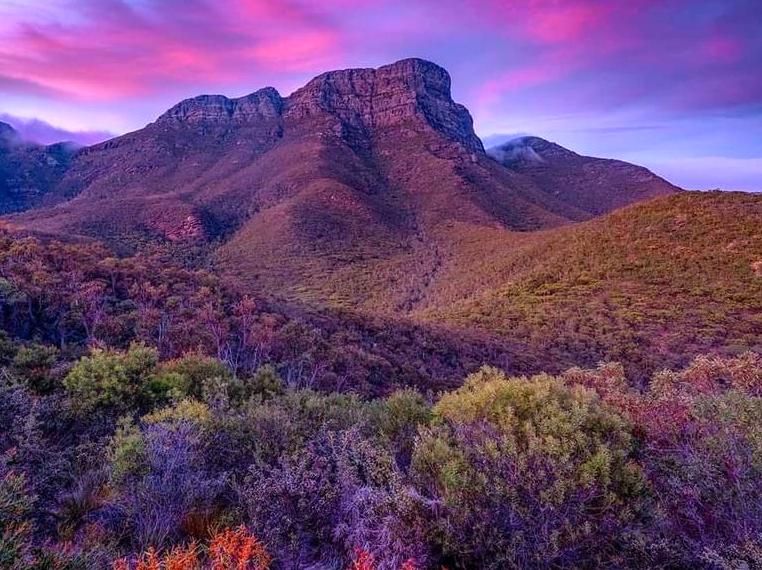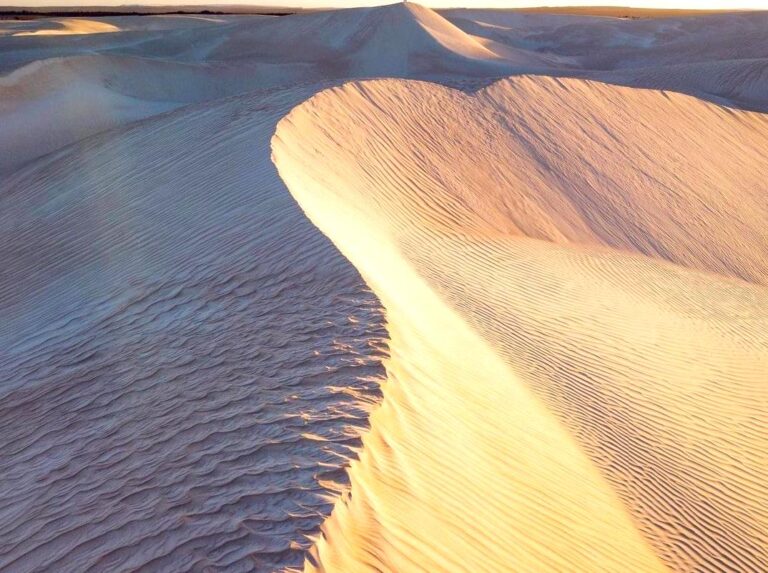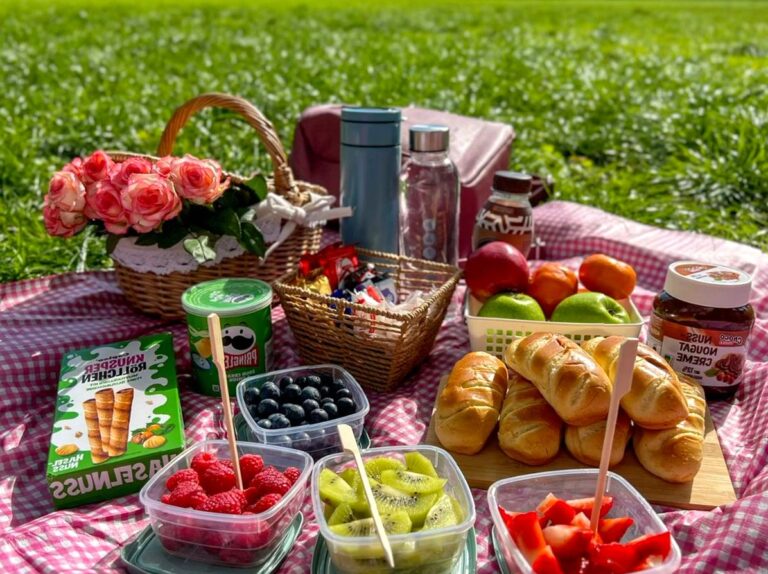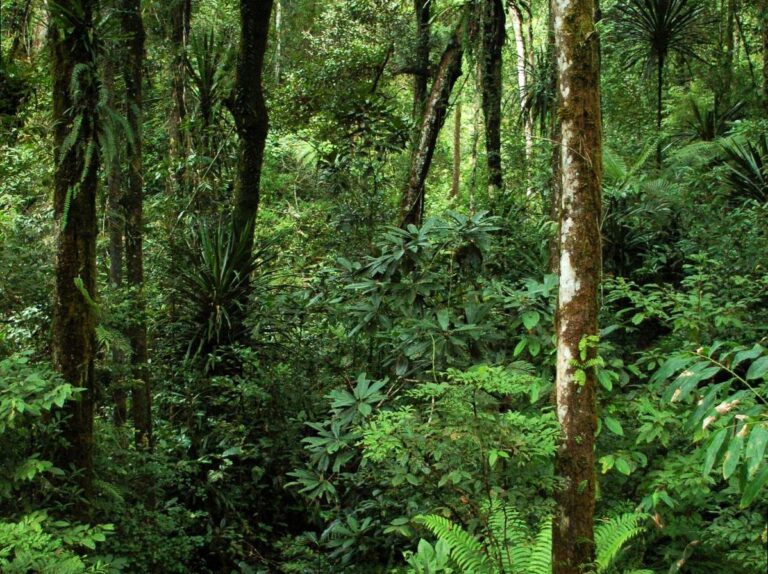The Stirling Range in Western Australia offers an extraordinary hiking experience, combining breathtaking landscapes, diverse trails, and an abundance of wildlife. This scenic national park is a haven for nature lovers, boasting rugged peaks, vibrant wildflowers, and an ecosystem teeming with life. In this article, we will explore the beauty of the Stirling Range, uncover its most spectacular trails, and delve into the rich wildlife that calls this region home.
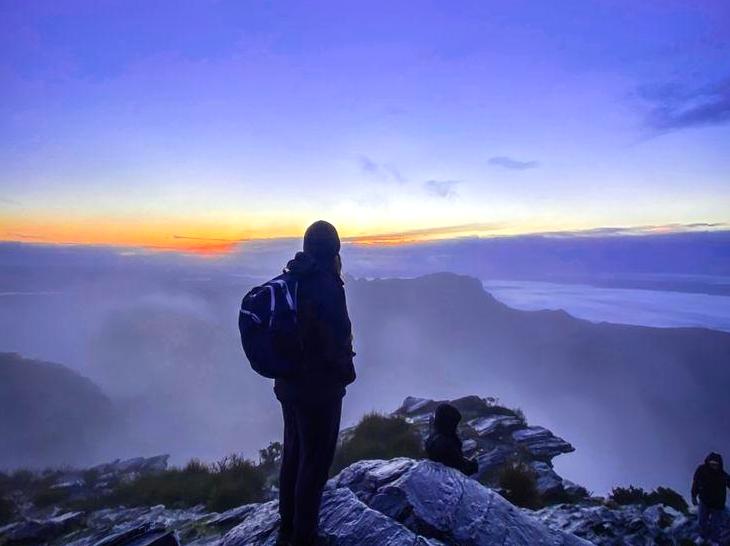
The Allure of the Stirling Range
Nestled in the heart of Western Australia, the Stirling Range is renowned for its dramatic scenery and diverse flora and fauna. The range is a biodiversity hotspot, harboring many species that are not found anywhere else in the world. With peaks that rise sharply from the surrounding plains, the park offers hikers a variety of landscapes, from dense forests to open woodlands and grasslands. This unique combination of natural beauty and ecological significance makes the Stirling Range a must-visit destination for outdoor enthusiasts.
Top Trails to Explore
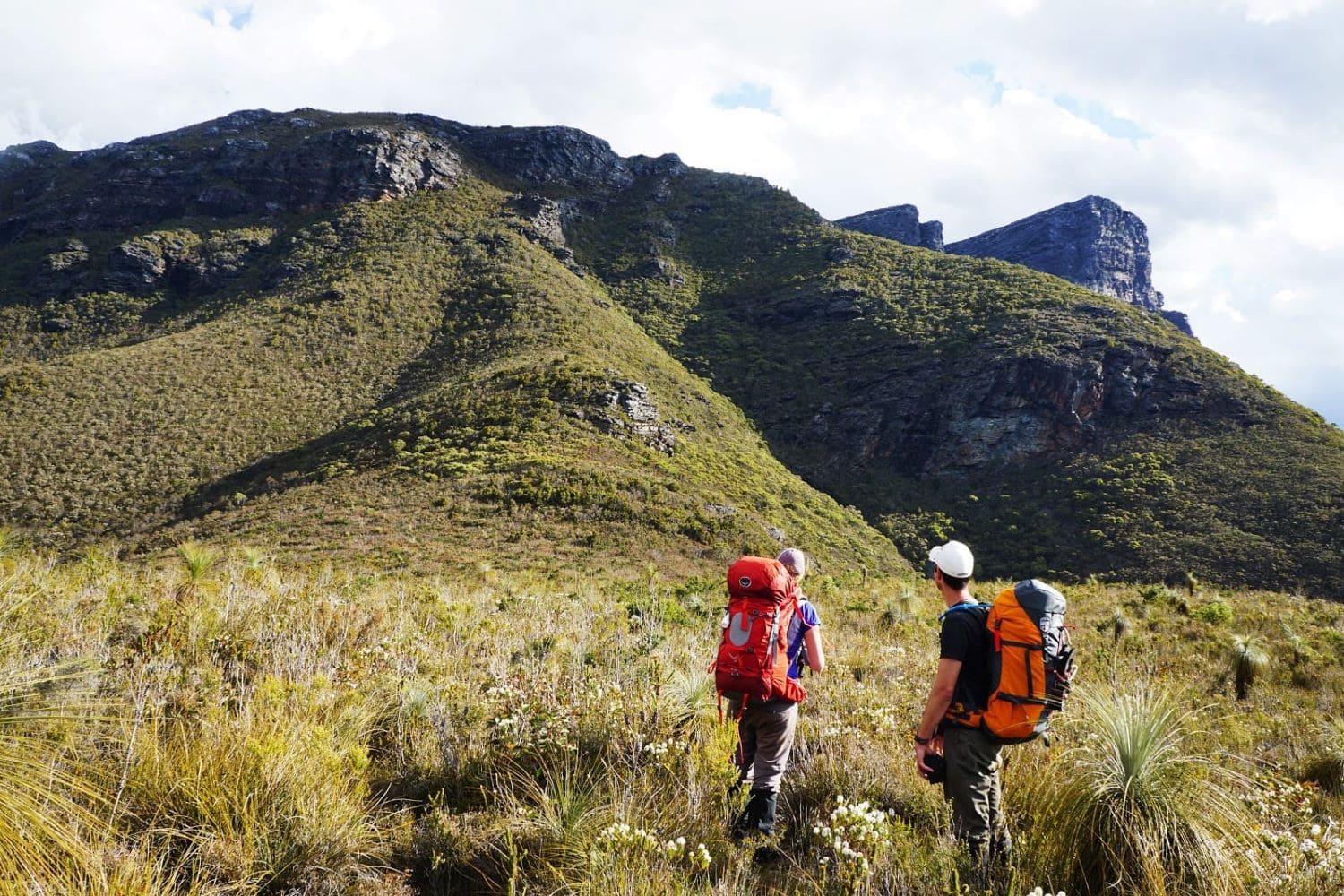
The Stirling Range hosts a variety of trails, each offering its own unique challenges and rewards. Here are a few of the most popular hikes:
- Bluff Knoll: The highest peak in the range, offering stunning panoramic views and a chance to spot the rare Stirling Range Wattle.
- Toolbrunup Peak: Known for its rugged terrain and picturesque vistas, this trail offers a challenging ascent for seasoned hikers.
- Mount Trio: A more gentle climb, yet equally rewarding with sweeping views of the surrounding landscape.
- Mount Hassell: Ideal for those seeking a shorter, yet equally scenic hike, this trail features remarkable rock formations.
- Mount Magog: Offering a secluded and less-traveled path, this trail is perfect for those looking to escape the crowds and immerse in nature.
Flora and Fauna of the Stirling Range
The Stirling Range is not only famed for its trails but also for its rich biodiversity. The park is home to over 1,500 species of plants, many of which are endemic. Springtime brings a spectacular display of wildflowers, including orchids, banksias, and the iconic Queen of Sheba.
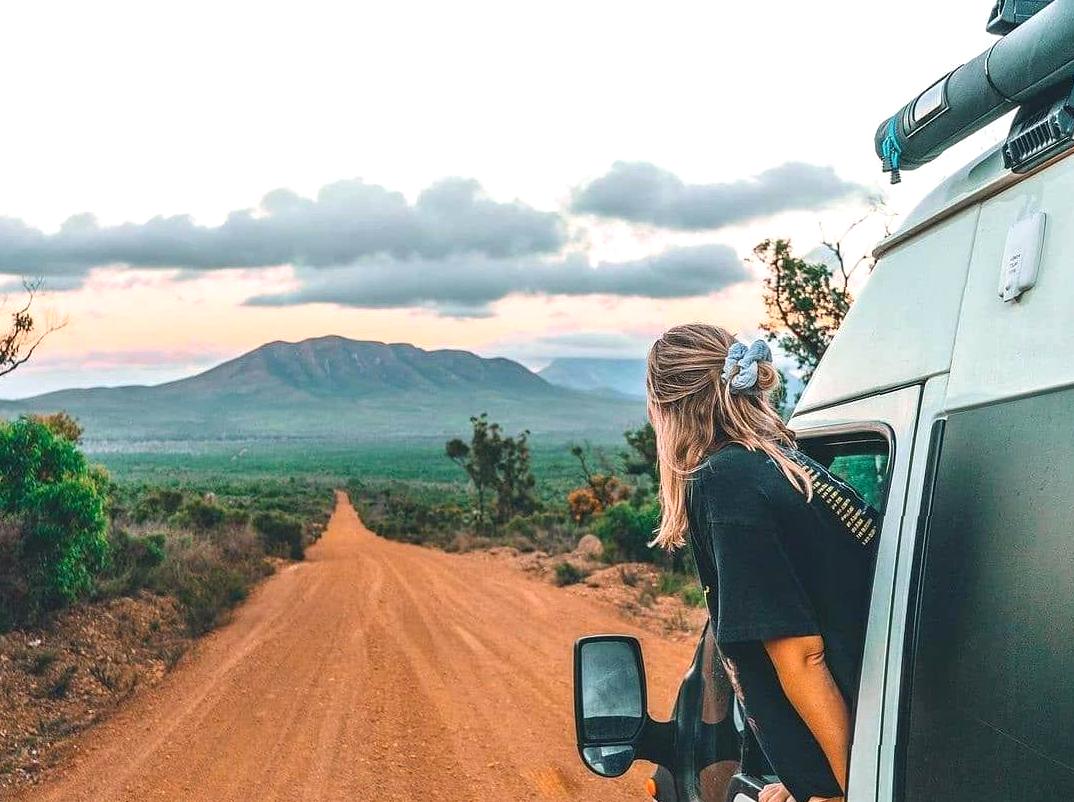
Wildlife enthusiasts will have plenty to marvel at, with kangaroos, emus, and echidnas commonly sighted along the trails. Birdwatchers will be thrilled with the diverse avian species, including the elusive Western Whipbird and the striking Carnaby’s Black-Cockatoo. Whether you’re a botanist, bird lover, or simply a nature aficionado, the Stirling Range offers an unparalleled wildlife viewing experience.
Planning Your Hike
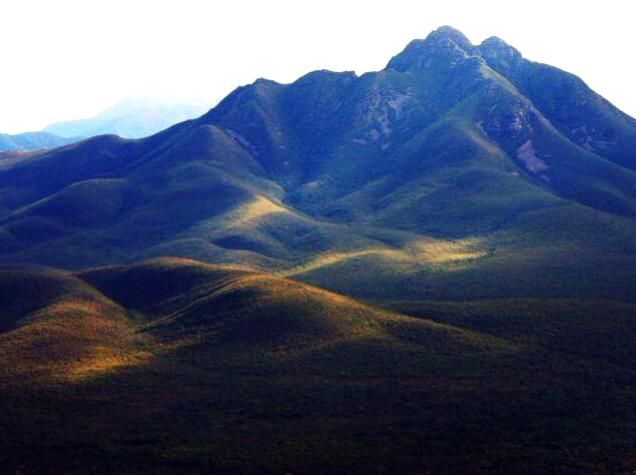
To make the most of your hiking adventure in the Stirling Range, proper planning is essential. Here are some key considerations:
- Weather: The weather can be unpredictable, so it’s important to check the forecast and be prepared for sudden changes.
- Gear: Ensure you have appropriate hiking gear, including sturdy boots, a hat, sunscreen, and adequate water supplies.
- Navigation: Carry a map and a compass or GPS device, as some trails can be poorly marked and easy to lose.
- Permits: Check if any permits are required for the trails you plan to hike, and ensure you adhere to park regulations.
- Safety: Always let someone know your plans and expected return time, especially when hiking in more remote areas.
Conclusion
Hiking through the Stirling Range is an unforgettable experience, offering a perfect blend of challenging trails, stunning vistas, and rich biodiversity. Whether you’re scaling the heights of Bluff Knoll or enjoying a leisurely walk along Mount Trio, the natural wonders of the Stirling Range are sure to captivate and inspire. As you traverse these scenic landscapes, take a moment to appreciate the unique flora and fauna that make this region so special.
So, pack your gear, plan your route, and embark on an adventure that promises not only physical challenges but also a deep connection with nature. The Stirling Range awaits, ready to reveal its beauty and secrets to those who venture across its majestic trails.
FAQs
1. What is the best time of year to hike in the Stirling Range?
The best time to hike in the Stirling Range is during the spring (September to November) when the wildflowers are in full bloom. The temperatures are also milder, making for a more comfortable hiking experience.
2. Are there any guided tours available in the Stirling Range?
Yes, there are several guided tours available that offer expert insights into the flora, fauna, and geology of the Stirling Range. These tours can enhance your experience by providing knowledgeable guides who can point out interesting aspects of the region.
3. Is camping allowed in the Stirling Range National Park?
Yes, camping is allowed in designated areas within the park. There are several campsites that provide basic amenities, including toilets and picnic tables. Always follow park regulations and practice Leave No Trace principles to preserve the natural environment.
4. What wildlife might I encounter on a hike?
During your hike, you may encounter a variety of wildlife, including kangaroos, emus, echidnas, and numerous bird species. Keep a respectful distance from all wildlife to ensure your safety and their well-being.
5. Are the trails suitable for beginner hikers?
While some trails in the Stirling Range, such as Bluff Knoll and Toolbrunup Peak, can be quite challenging, there are also easier trails like Mount Trio that are suitable for beginner hikers. Always choose a trail that matches your fitness level and experience.
